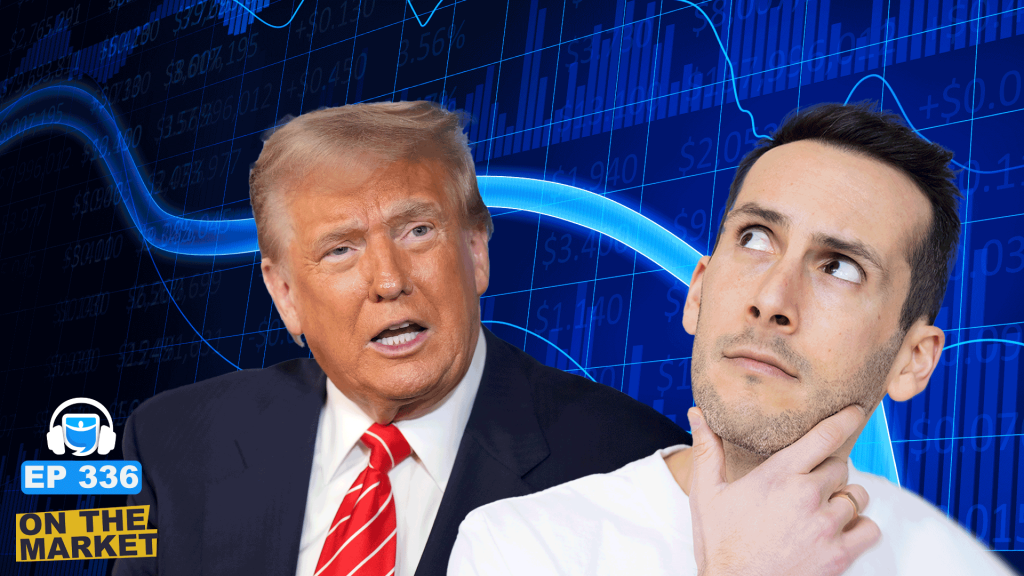Rate Cuts on the Horizon: Can Tariffs Thwart the Fed’s Strategy?
In recent months, the international economic landscape has been characterized by escalating trade tensions, chiefly manifested through increased tariffs between major global economies. Amidst this backdrop, central banks, particularly the U.S. Federal Reserve (Fed), have signaled the possibility of impending rate cuts to cushion the impact on their respective economies. However, a pressing question emerges: Can the aggressive tariff regime undermine the Fed’s strategy, limiting the effectiveness of rate cuts in steering the economy?
The Economic Context
As the global economy experiences slowing growth, central banks are faced with the daunting task of stimulating demand and preventing recessionary forces. With interest rates already at historic lows in many parts of the world, the margin for maneuver is slim. However, the Fed, which had previously embarked on a path of gradual rate hikes post the 2008 financial crisis, now finds itself in a position where rate cuts appear necessary to provide breathing space for the U.S. economy.
In simpler terms, by lowering interest rates, the Fed aims to make borrowing cheaper, encouraging spending and investment, and consequently, driving economic growth. But the backdrop to this monetary policy adjustment is being complicated by a series of tariffs—from metals to electronics—and the specter of trade wars.
The Tariff Impact
Tariffs function as taxes on imports, and when levied, they generally result in higher prices for goods. For businesses, this can mean increased costs, which are often passed on to consumers. Therefore, any positive impact from a rate cut could be offset by higher prices resulting from tariffs, thus thwarting the effectiveness of monetary easing.
For instance, an auto manufacturer facing tariffs on imported steel and aluminum will experience higher production costs. Even if borrowing costs decrease due to a Fed rate cut, the benefit might be negated by increased raw material costs. Consumers, in turn, might face higher prices for cars, potentially dampening demand despite favorable interest rates.
The Fed’s Delicate Balance
The Fed’s strategy, therefore, hinges on a delicate balancing act. It needs to assess the extent to which tariffs might counteract the stimulus provided by rate cuts. This necessitates a keen understanding of both the direct inflationary effects of tariffs and the indirect effects via reduced consumer and business confidence.
Additionally, the Fed must consider the global repercussions. Fears of a global economic slowdown, exacerbated by trade tensions, might force central banks worldwide to adopt a similar dovish stance, leading to a potential ‘race to the bottom’ in interest rates.
The Fed’s role becomes crucial not just in addressing domestic economic indicators, but also in maintaining a stable international monetary system. A misstep, such as an under- or over-estimation of the tariff impact, could fuel volatility in global financial markets, further complicating economic recovery efforts.
Looking Ahead
While it remains uncertain whether tariffs will directly nullify the effects of interest rate cuts, they undoubtedly compound the complexity of the current economic environment. The Fed, alongside other central banks, must navigate these murky waters with caution, agility, and an eye on both global dynamics and domestic priorities.
The coming months will be pivotal. Policymakers will need to respond not only to evolving economic data but also to unpredictable geopolitical developments. In resisting or collaborating with fiscal authorities on tariffs, they face the daunting task of sustaining growth while maintaining monetary and price stability.
Ultimately, whether rate cuts will successfully counteract tariff pressures will depend largely on how the interplay between fiscal policy decisions and monetary interventions unfolds. The Fed’s continuous assessment and responsiveness will be key to ensuring that its strategies do not merely serve as a temporary reprieve but as a catalyst for enduring economic resilience.

